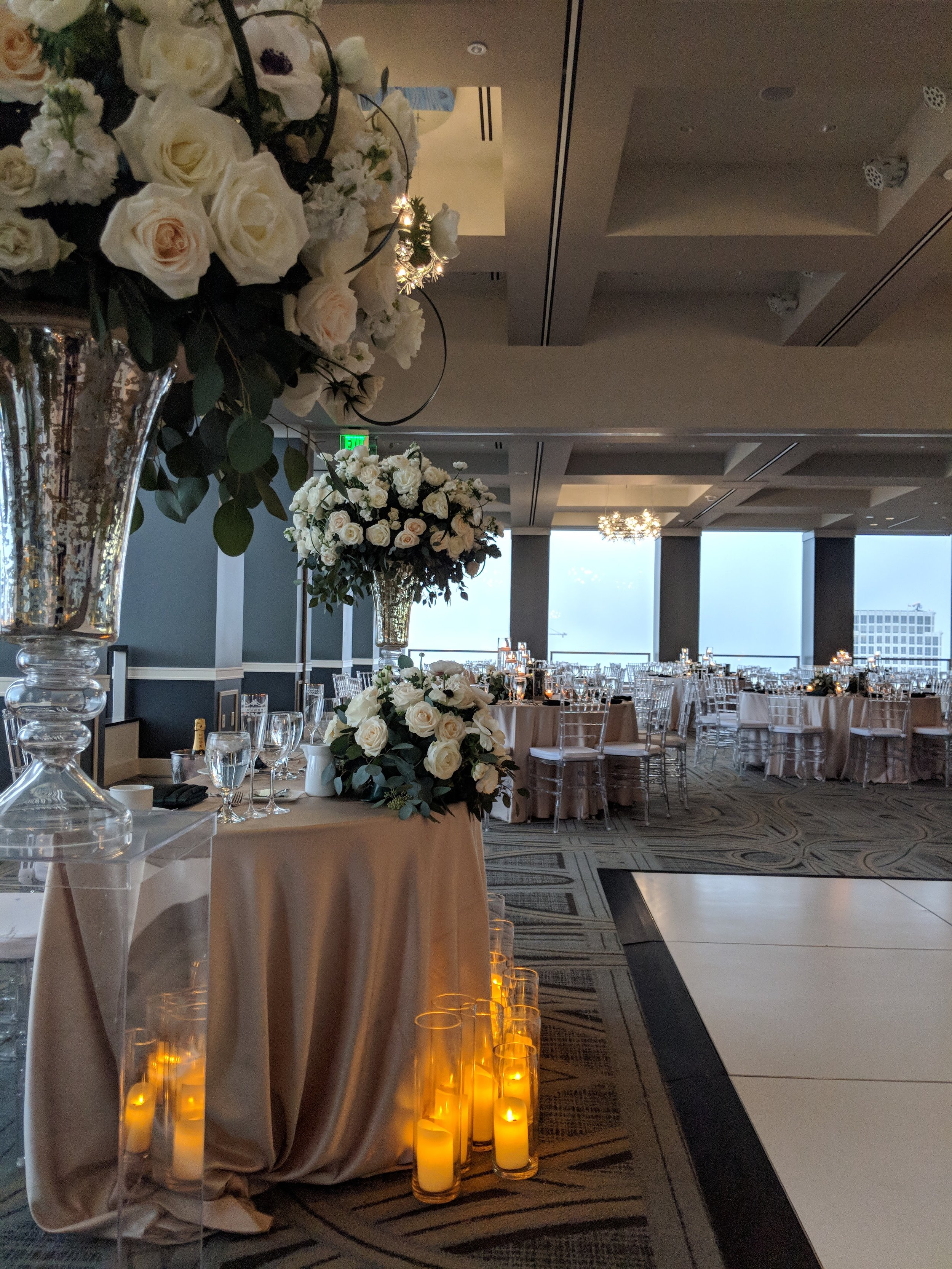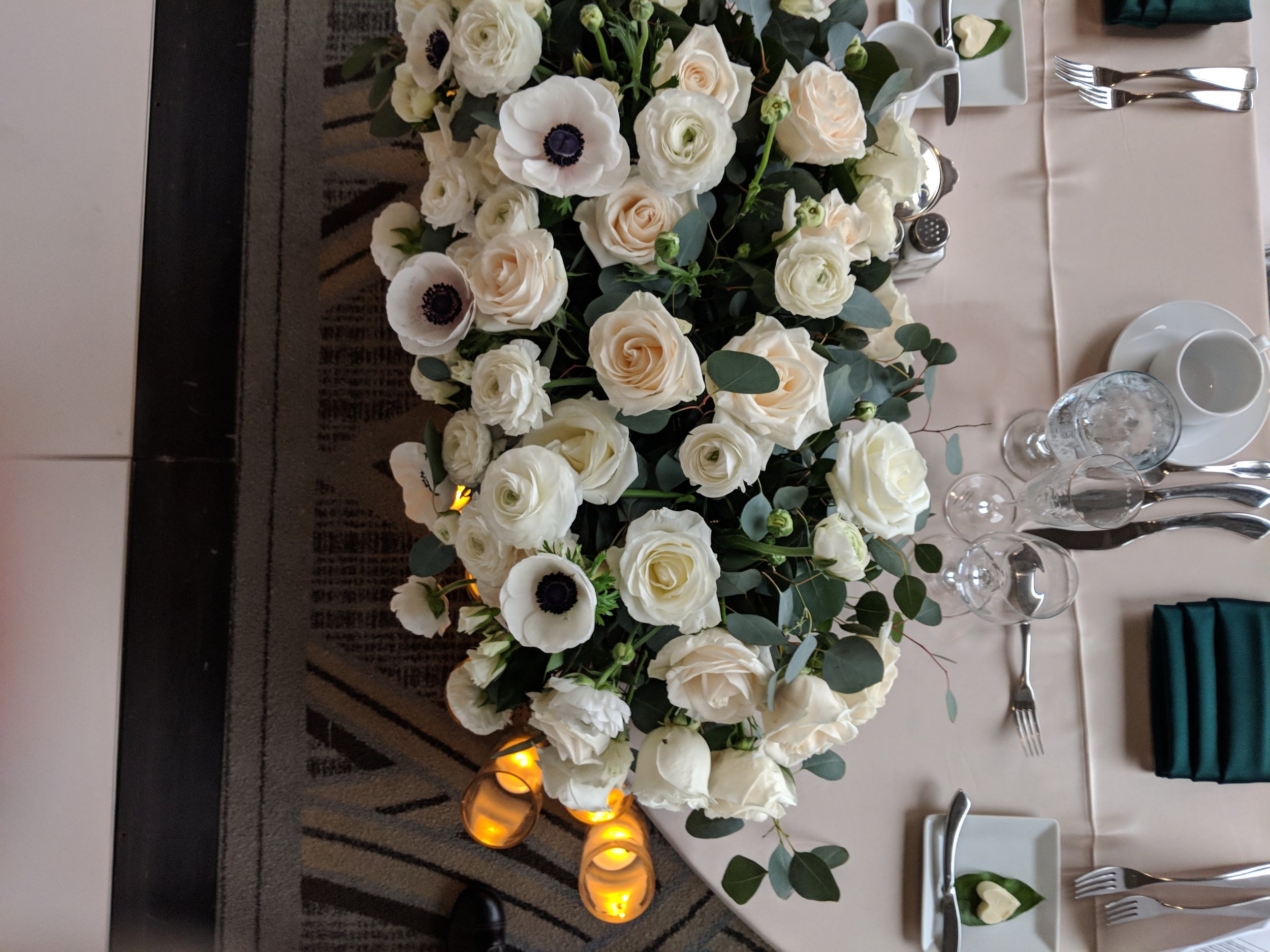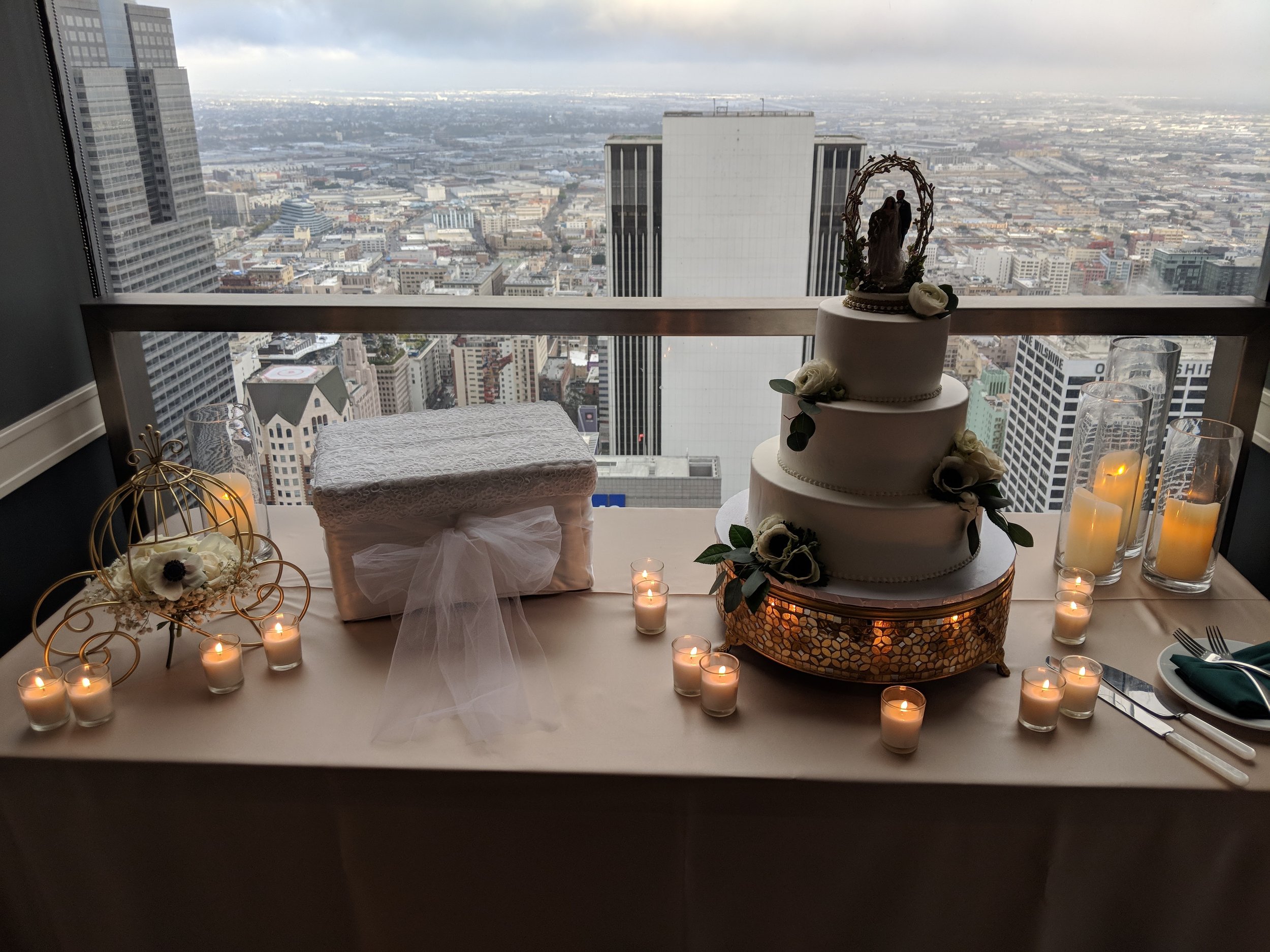Oxnard wedding coordination
Multicultural Weddings
Couples and parents planning events often base their ideas on traditions, which differ by heritage and culture. At Interior Scapes, inclusivity is key. I strive to create meaningful experiences for everyone, no matter their partner preference, gender, race, background, budget, party size, or location.
Sarah & Aracely’s Wedding | Orcutt Ranch
*
Sarah & Aracely’s Wedding | Orcutt Ranch *
African Weddings
Having matching outfits is a tradition seen in most African engagement ceremonies & African wedding ceremonies, close friends, sisters & cousins are included in the styling. This practice is especially popular in West Africa regions & involves a ceremonial uniform cloth known as “Aso Ebi” in Yoruba. The word “Aso” means cloth and “Ebi” means family, so it literally means “family cloth”. Its a way for friends to show closeness to the family during ceremonial events.
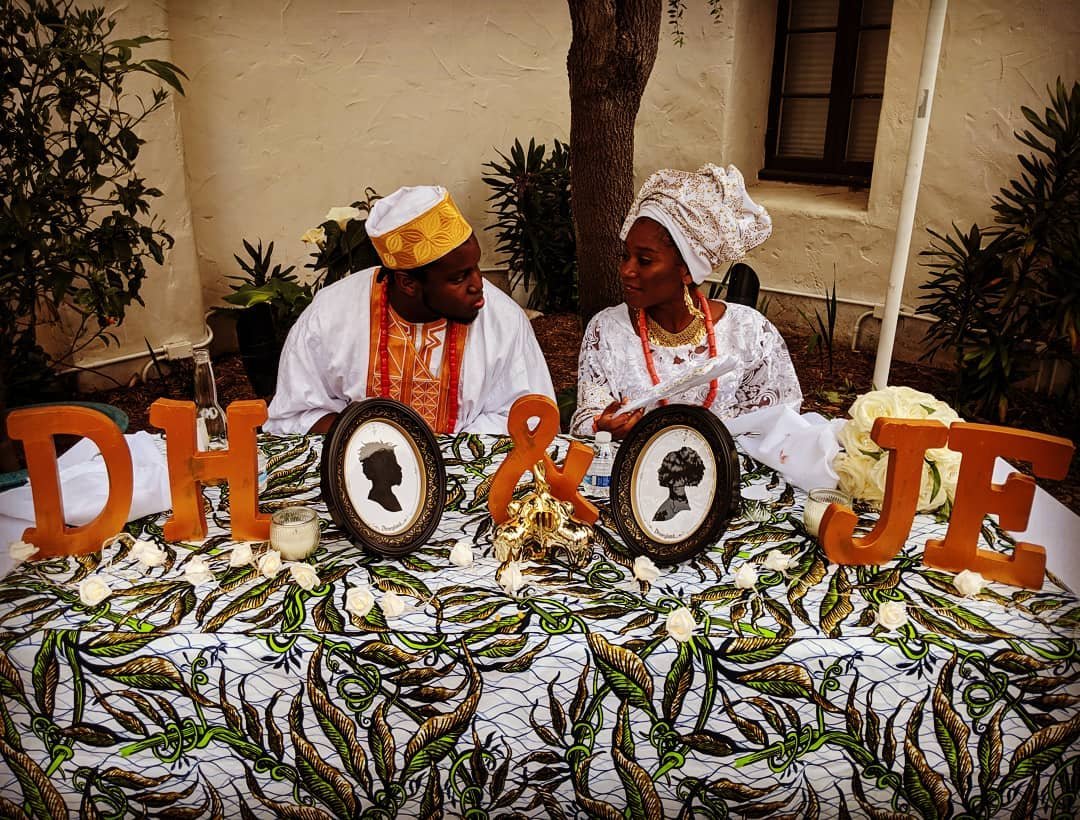
USSB | interior scapes | events by Julie Jenkins | wedding coordination

USSB | interior scapes | events by Julie Jenkins | wedding coordination

USSB | interior scapes | events by Julie Jenkins | wedding coordination

USSB | interior scapes | events by Julie Jenkins | wedding coordination

USSB | interior scapes | events by Julie Jenkins | wedding coordination

USSB | interior scapes | events by Julie Jenkins | wedding coordination

USSB | interior scapes | events by Julie Jenkins | wedding coordination
Armenian Weddings
The ceremony at the church is one of the most important Armenian wedding traditions and is followed by a celebration at the bride's house or a restaurant. Before entering the building, however, the newlyweds must first break plates with their feet. Armenian weddings are always punctuated with loud music and dancing.
Interior Scapes- wedding planning-wedding coordinator-designer Julie Jenkins

Wedding Reception | stylist | day of coordinator | interior scapes | events by Julie Jenkins

Wedding Reception | stylist | day of coordinator | interior scapes | events by Julie Jenkins

Wedding Reception | stylist | day of coordinator | interior scapes | events by Julie Jenkins

Wedding Reception | stylist | day of coordinator | interior scapes | events by Julie Jenkins

Wedding Reception | stylist | day of coordinator | interior scapes | events by Julie Jenkins

Wedding Reception | stylist | day of coordinator | interior scapes | events by Julie Jenkins

Wedding Reception | stylist | day of coordinator | interior scapes | events by Julie Jenkins

Wedding Reception | stylist | day of coordinator | interior scapes | events by Julie Jenkins

Wedding Reception | stylist | day of coordinator | interior scapes | events by Julie Jenkins

Wedding Reception | stylist | day of coordinator | interior scapes | events by Julie Jenkins

Wedding Reception | stylist | day of coordinator | interior scapes | events by Julie Jenkins

Wedding Reception | stylist | day of coordinator | interior scapes | events by Julie Jenkins

Wedding Reception | stylist | day of coordinator | interior scapes | events by Julie Jenkins
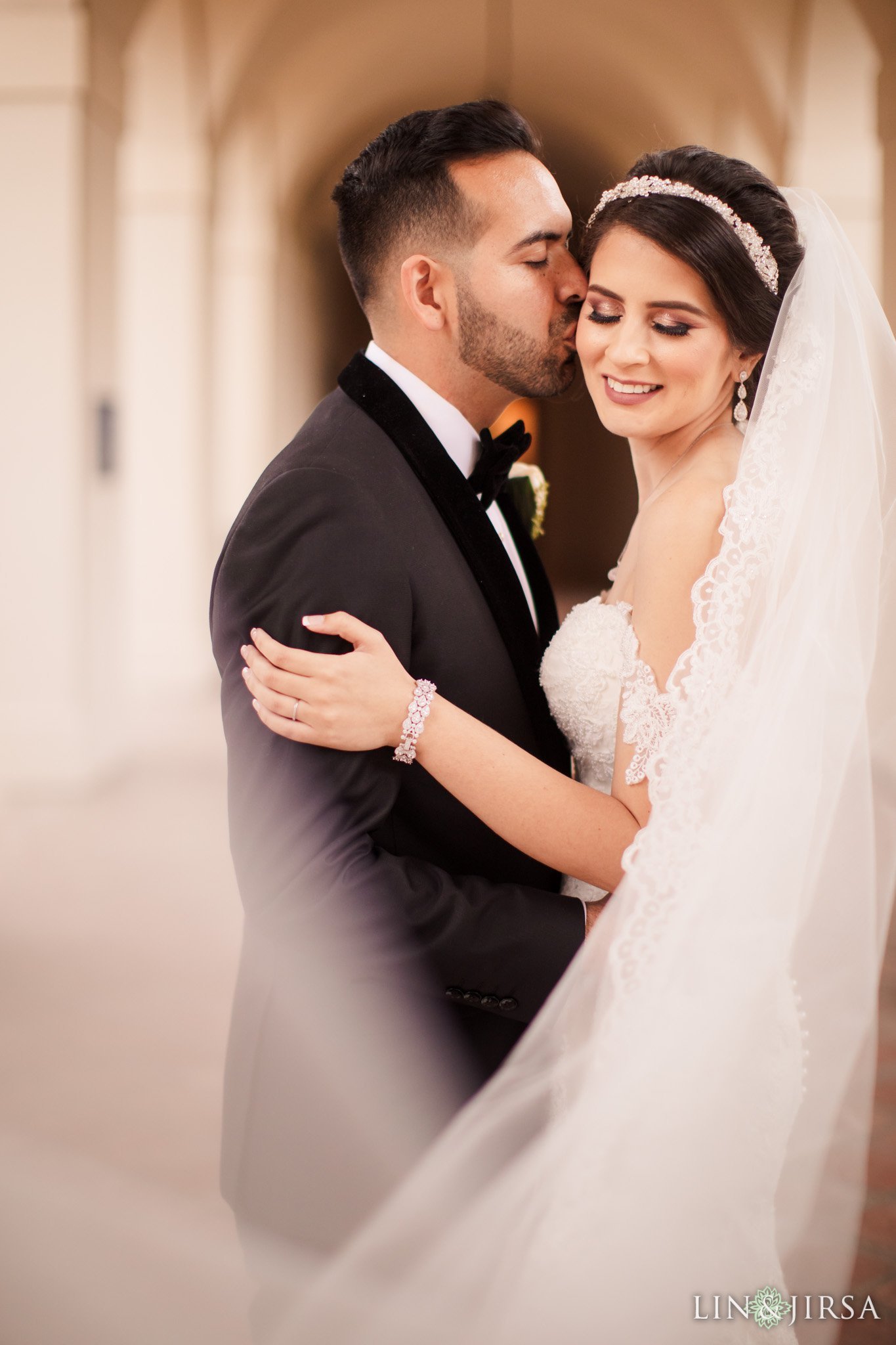
Wedding Reception | stylist | day of coordinator | interior scapes | events by Julie Jenkins
Chinese Weddings
It is Chinese tradition for the bride to wear a red dress, called a qipao and to cover her face with a red veil on the wedding day. In Chinese culture, red symbolizes happiness, prosperity and good luck. Today, modern weddings call for the bride to wear a white bridal gown, and third ball gown throughout the evening.

Wedding Reception | stylist | day of coordinator | interior scapes | events by Julie Jenkins

Wedding Reception | stylist | day of coordinator | interior scapes | events by Julie Jenkins

Wedding Reception | stylist | day of coordinator | interior scapes | events by Julie Jenkins

Wedding Reception | stylist | day of coordinator | interior scapes | events by Julie Jenkins
Buddhist / Hindu Weddings
A Hindu marriage is a sacrament, not a contract. To signify the viability of the ceremony, fire is kept as a witness, and offerings are made. Buddhist Weddings are small and private affairs including only the closest friends and relatives of both families. In a Buddhist Wedding there are two parts of rituals –religious and social.
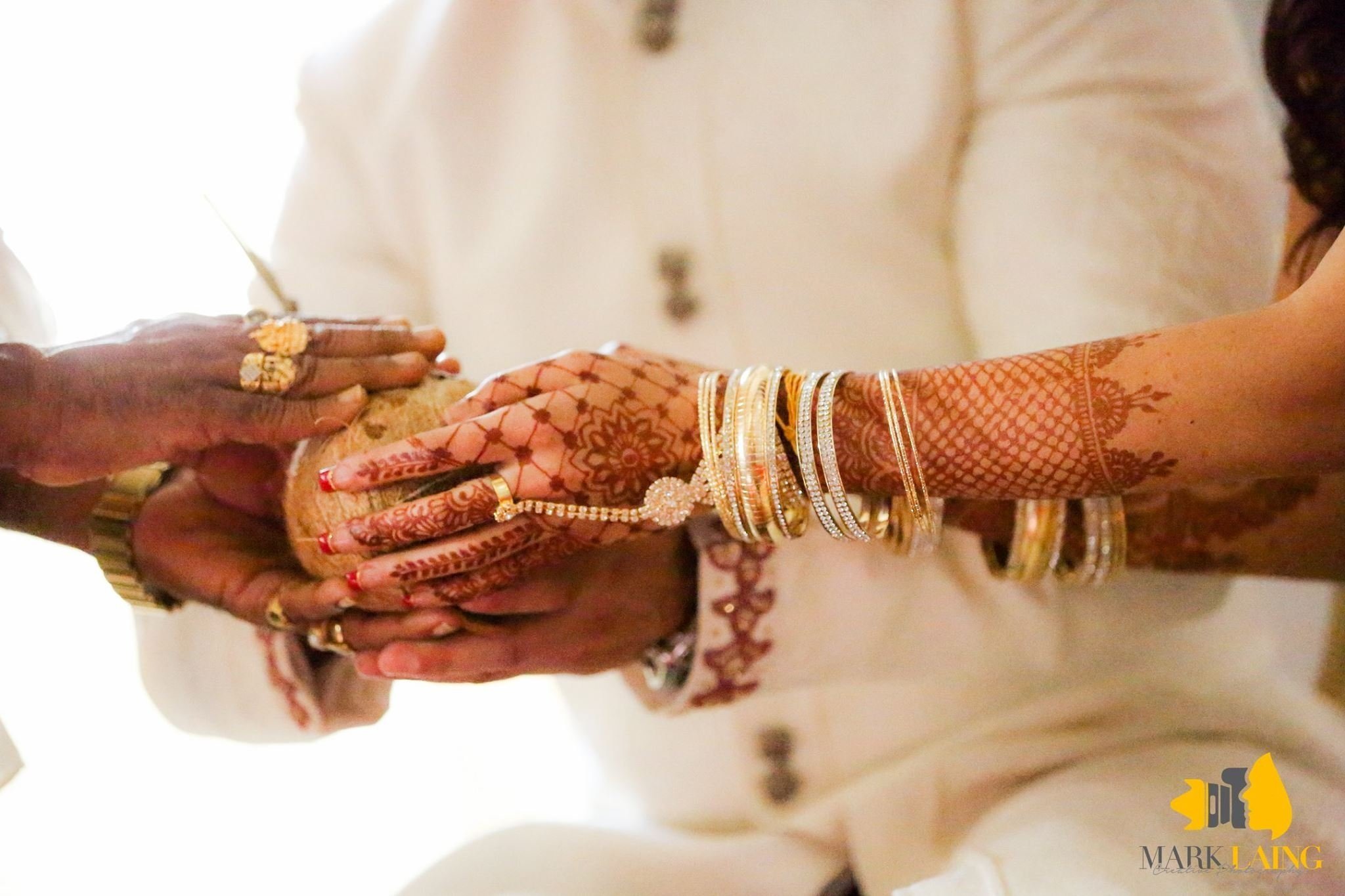
Wedding Reception | stylist | day of coordinator | interior scapes | events by Julie Jenkins

Wedding Reception | stylist | day of coordinator | interior scapes | events by Julie Jenkins

Wedding Reception | stylist | day of coordinator | interior scapes | events by Julie Jenkins

Wedding Reception | stylist | day of coordinator | interior scapes | events by Julie Jenkins

Wedding Reception | stylist | day of coordinator | interior scapes | events by Julie Jenkins

Wedding Reception | stylist | day of coordinator | interior scapes | events by Julie Jenkins

Wedding Reception | stylist | day of coordinator | interior scapes | events by Julie Jenkins

Wedding Reception | stylist | day of coordinator | interior scapes | events by Julie Jenkins

Wedding Reception | stylist | day of coordinator | interior scapes | events by Julie Jenkins

Wedding Reception | stylist | day of coordinator | interior scapes | events by Julie Jenkins

Wedding Reception | stylist | day of coordinator | interior scapes | events by Julie Jenkins

Wedding Reception | stylist | day of coordinator | interior scapes | events by Julie Jenkins

Wedding Reception | stylist | day of coordinator | interior scapes | events by Julie Jenkins

Wedding Reception | stylist | day of coordinator | interior scapes | events by Julie Jenkins

Wedding Reception | stylist | day of coordinator | interior scapes | events by Julie Jenkins

Wedding Reception | stylist | day of coordinator | interior scapes | events by Julie Jenkins

Wedding Reception | stylist | day of coordinator | interior scapes | events by Julie Jenkins

Wedding Reception | stylist | day of coordinator | interior scapes | events by Julie Jenkins
Korean Wedding | Reception
After the official marriage ceremony, the bride and groom, along with their families, are part of a smaller ceremony called the Pyebaek ceremony. This ceremony is traditionally limited to family only; however, modern couples may choose to include a larger group of guests. For example, we’ve had couples hold their Pyebaek ceremony during cocktail hour so guests could view the festivities and learn more about the Korean culture while sipping on cocktails.


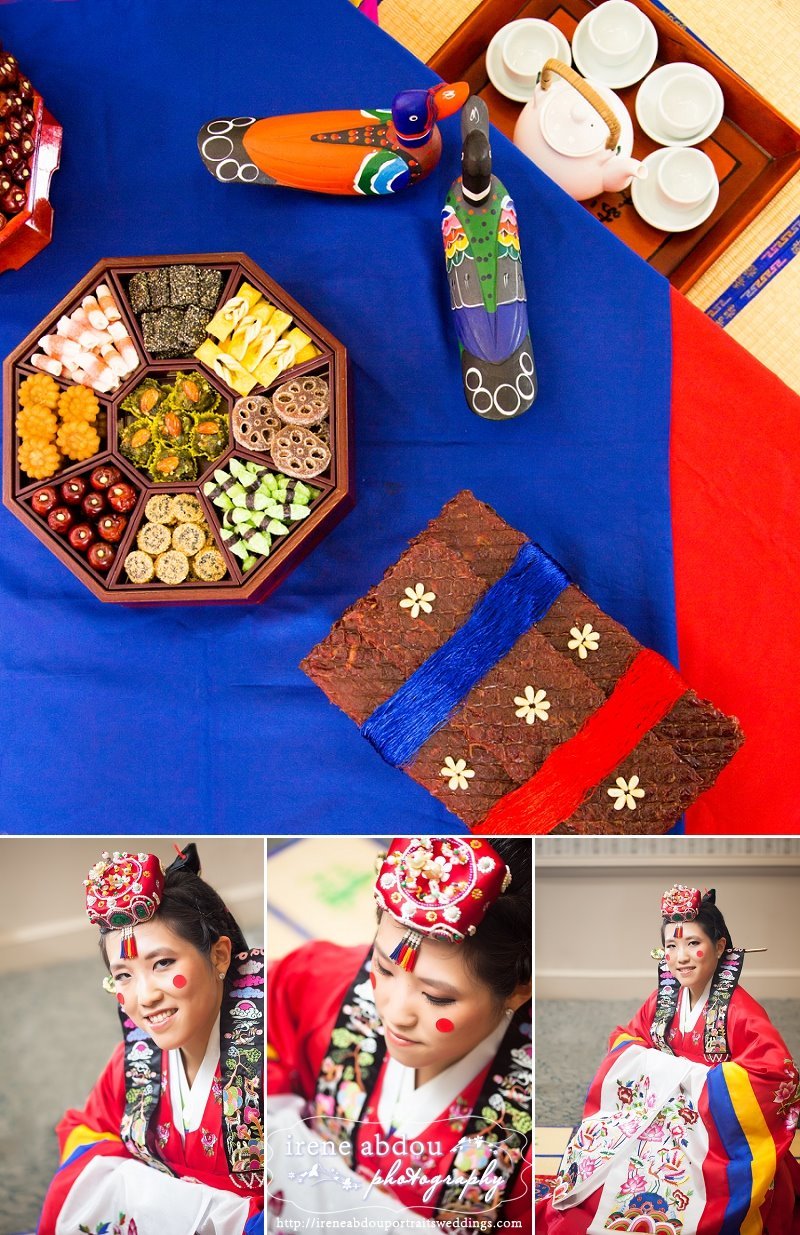


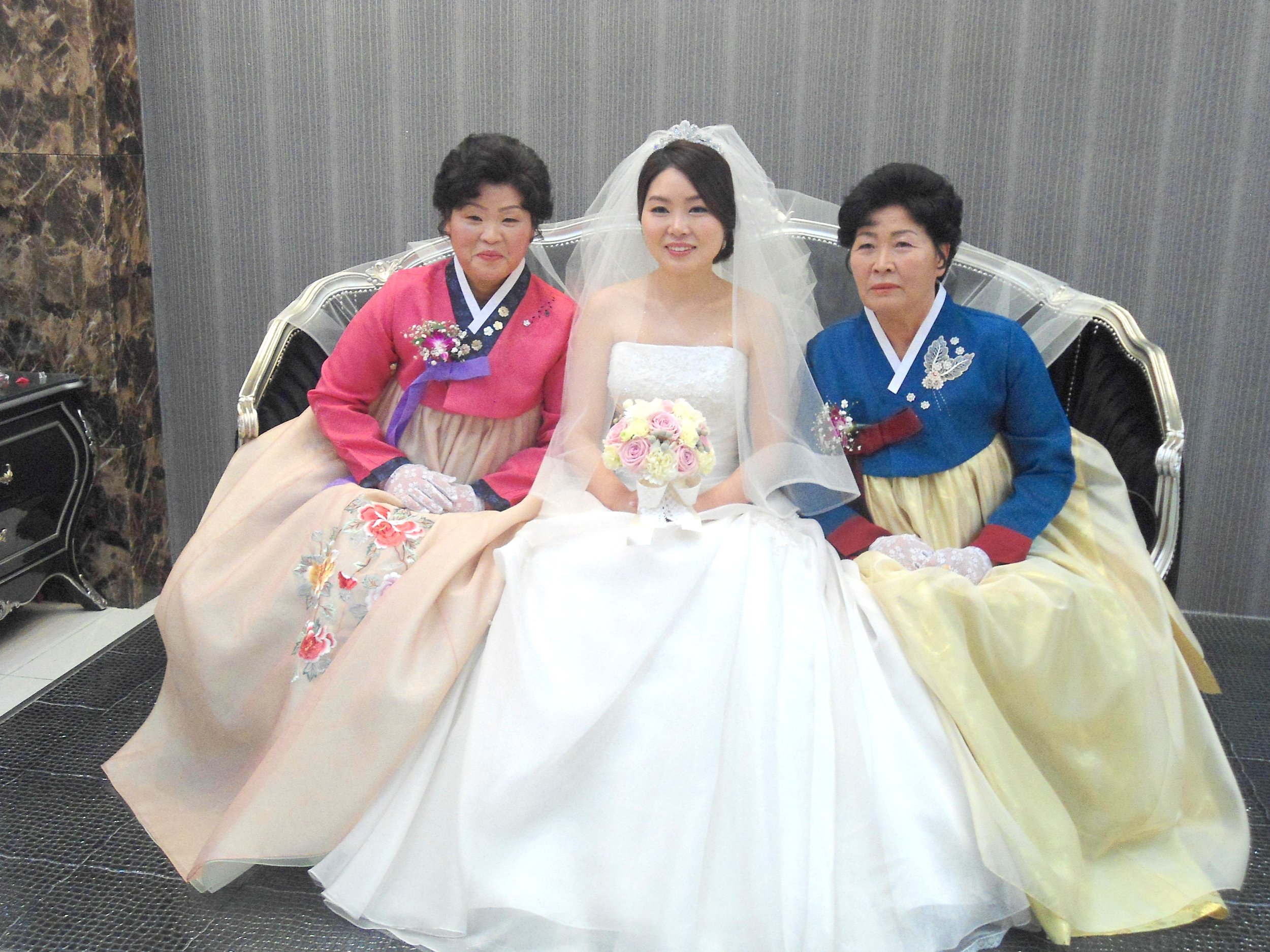
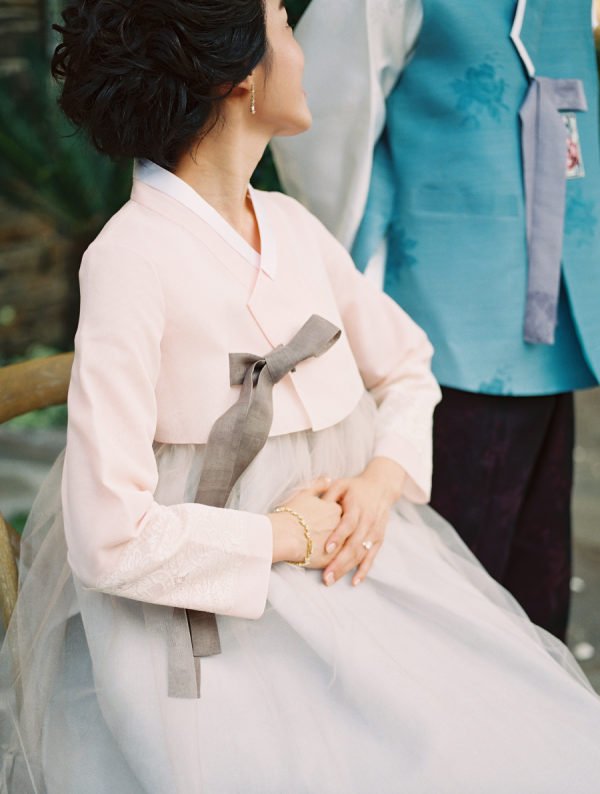

Latinx Weddings
When it comes to Latin American wedding traditions, there are a variety of beloved elements that can be incorporated throughout the day. These vibrant rituals enrich nuptials and despite what some may realize, these traditions vary by country. Latinx is a multicultural, dynamic and diverse group. They come from different countries with different accents and different history.
Persian Jewish Weddings
The ritual often involves a bride and groom seated at the head of the Sofreh Aghd, a ceremonial table covered with items that have symbolic meanings, surrounded by family and friends. The couple often face a large mirror and two lit candelabras, which represent their hopes for a promising future together.


























